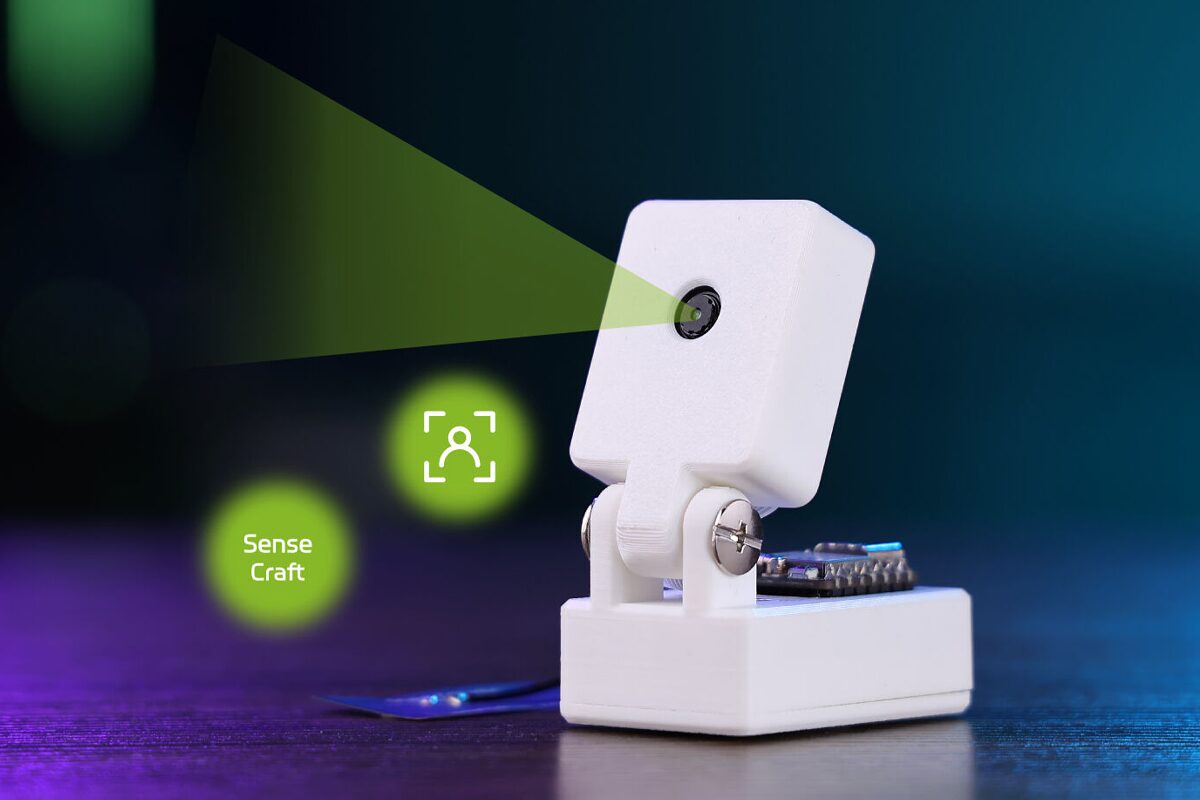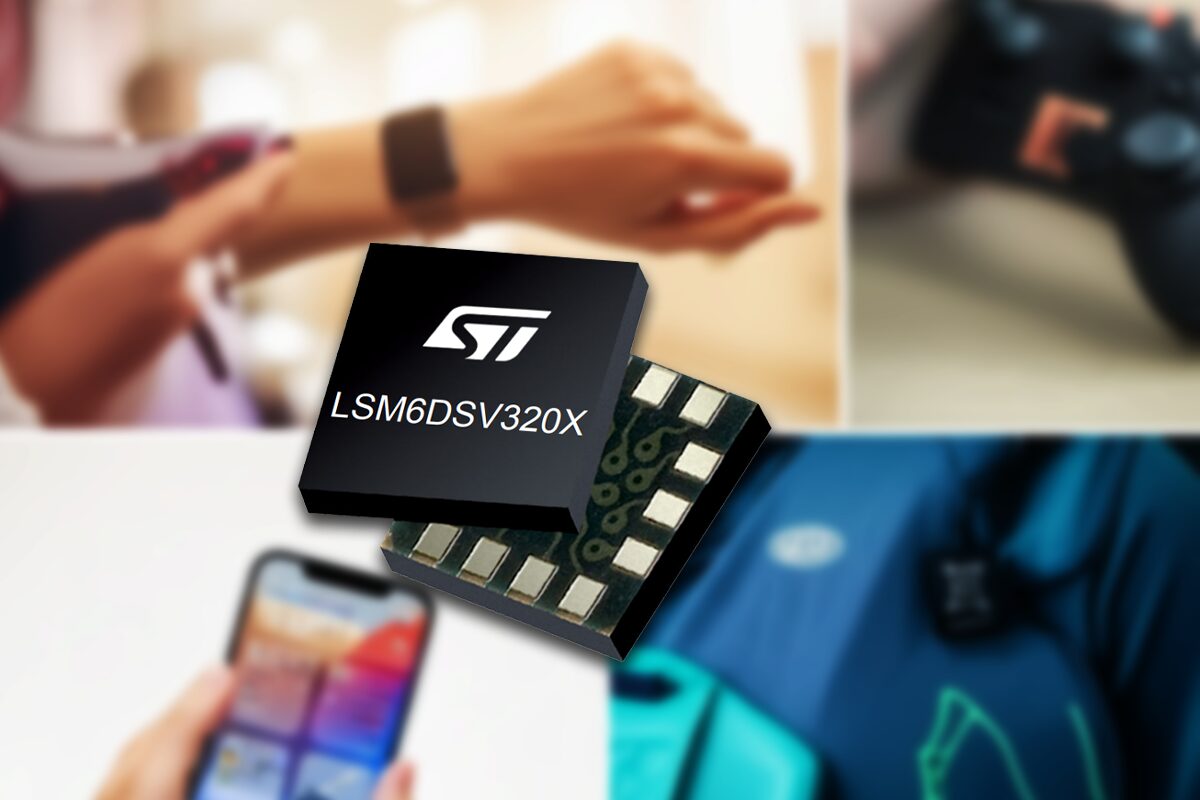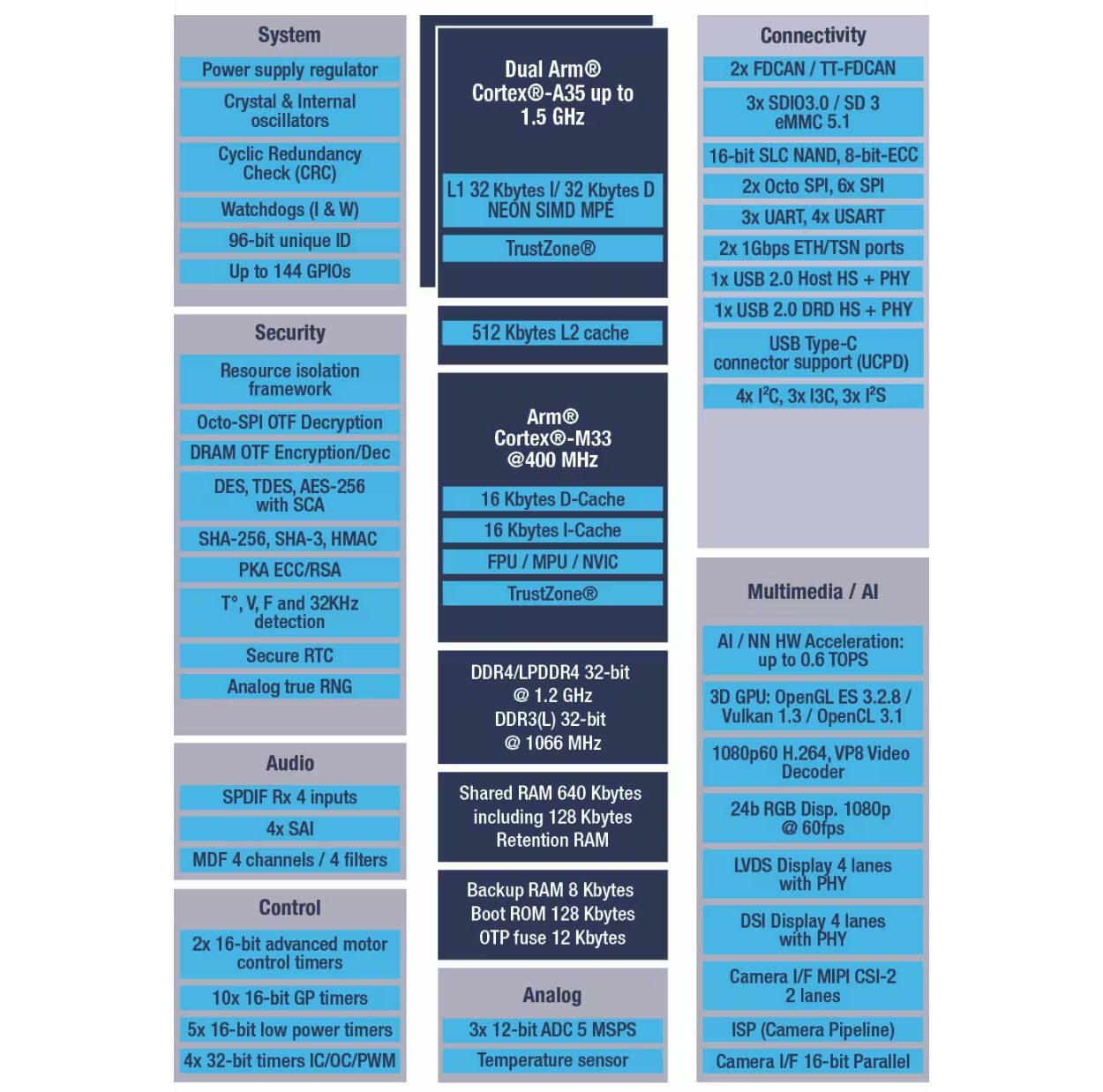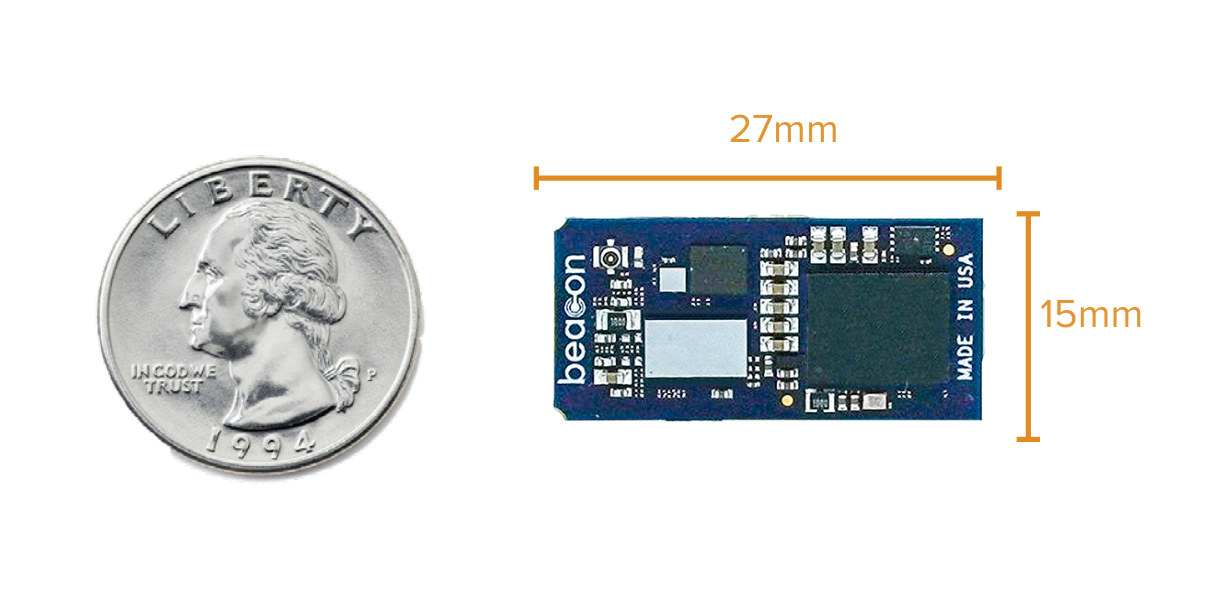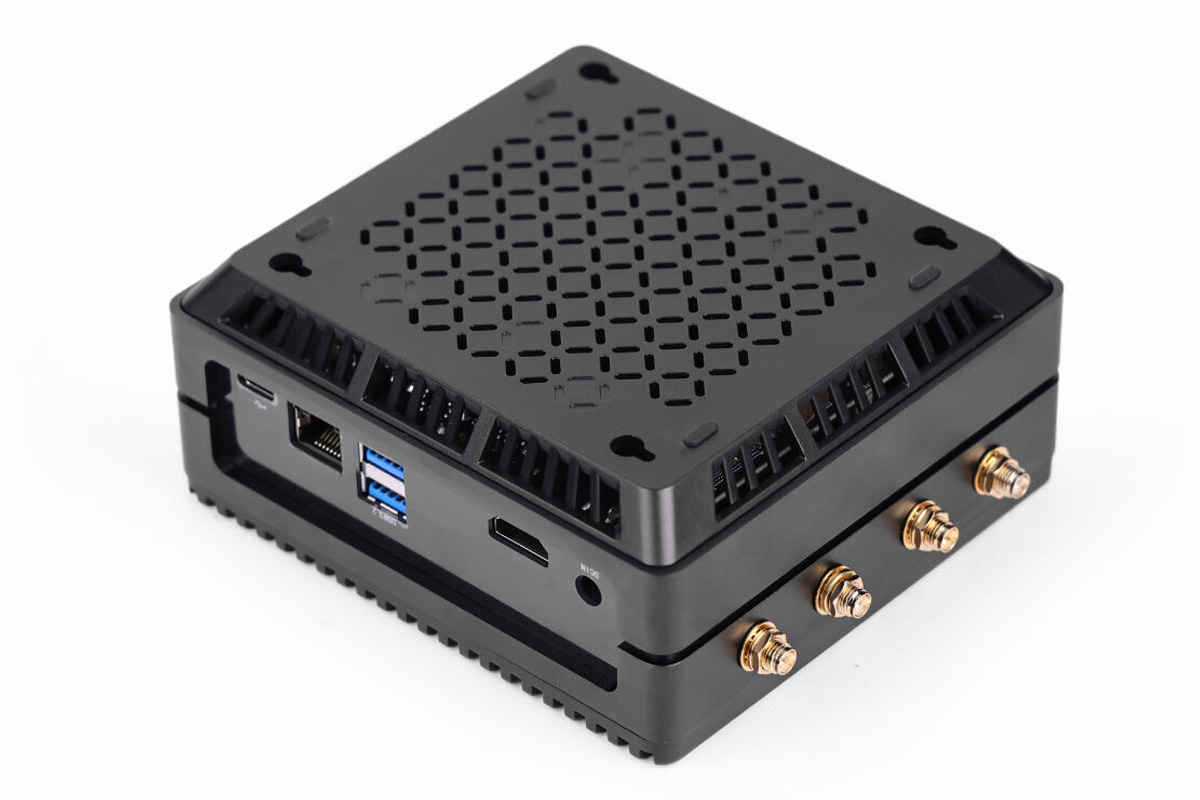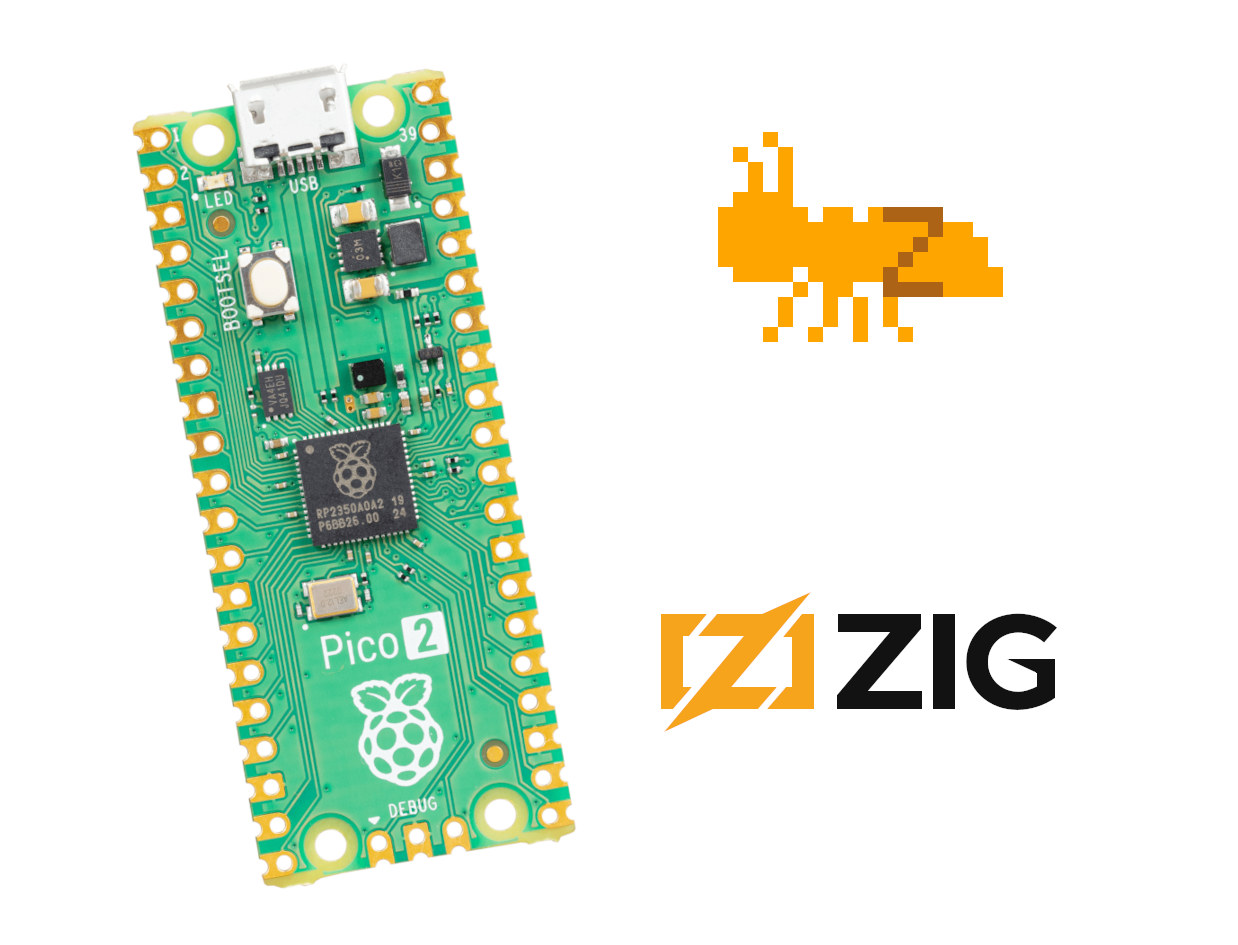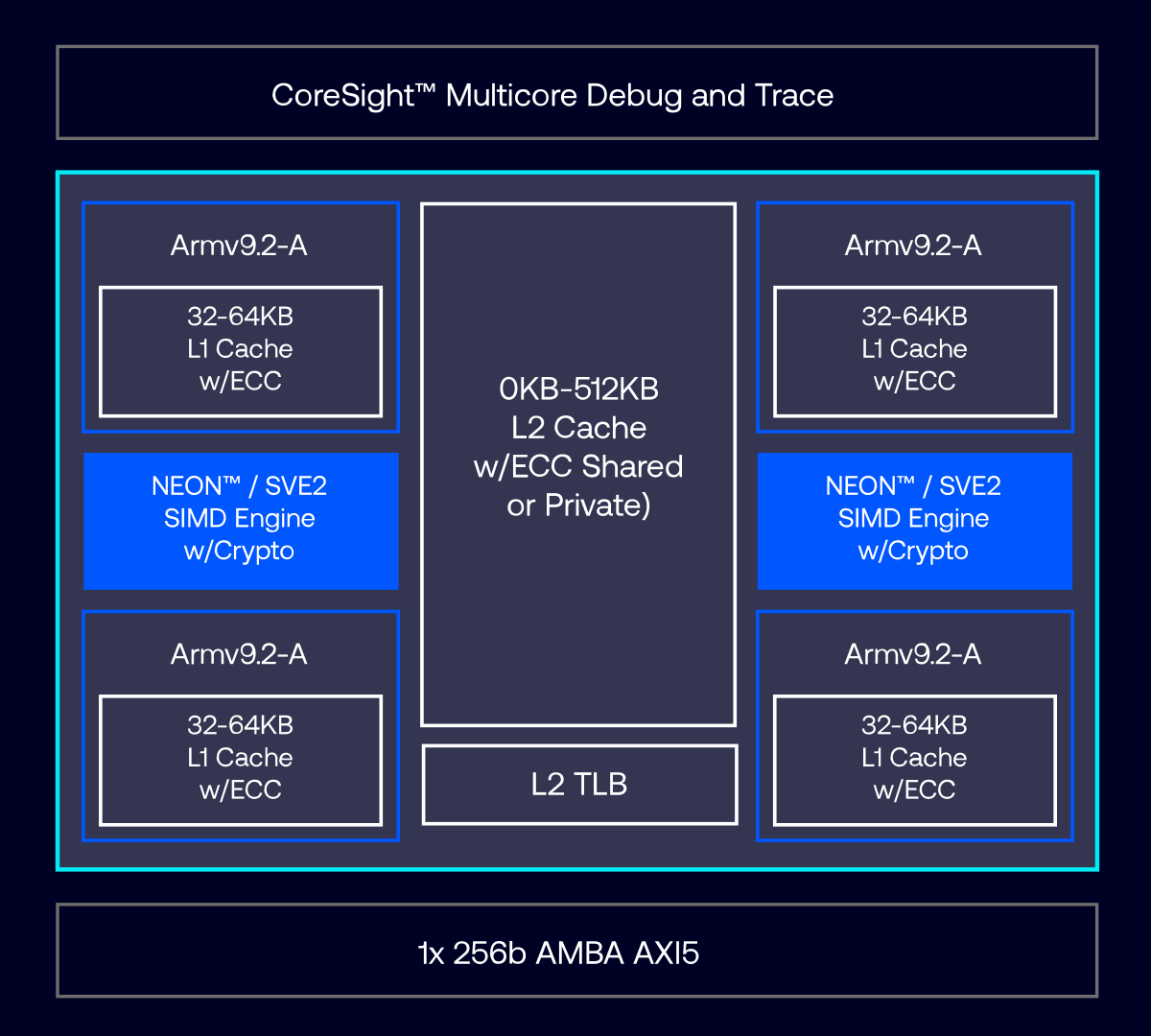Seeed Studio has recently released the XIAO Vision AI Camera, a compact, open-source smart ESP32-C3 AI Camera that integrates the Grove Vision AI Module V2, a XIAO ESP32C3 module, and an OV5647 5MP camera in a custom 3D-printed PLA case. One of the key components of the camera module is the WiseEye2 HX6538 chip, which features dual-core Arm Cortex-M55 processors and an Ethos-U55 NPU for edge AI computing. It also comes with Wi-Fi connectivity, turning it into an intelligent IP camera that easily integrates with Home Assistant for closed-loop automation (e.g., object detection triggering lights or alerts). Its 5MP OV5647 camera can record 1080p@30fps video and has adjustable focus. These features make this camera useful for industrial automation, smart cities, transportation monitoring, intelligent agriculture, and mobile IoT devices. XIAO Vision AI Camera Specifications Main MCU module – XIAO ESP32C3 SoC – Expressif Systems ESP32-C3 CPU – Single-core RISC-V microcontroller @ […]
ST’s LSM6DSV320X – An AI-enabled IMU with two MEMS accelerometers for activity and shock detection
STMicroelectronics has introduced the LSM6DSV320X, a compact AI-enabled inertial measurement unit (IMU) that integrates a 3-axis digital gyroscope, a 3-axis low-g accelerometer (±16g), and a 3-axis high-g accelerometer (±320g) in a tiny 3 x 2.5mm package, ideal for space-constrained IoT devices such as wearables, smartphones, gaming controllers, smart tags, personal safety gear, and industrial monitoring systems. Most motion sensors are designed to track daily activities or detect sudden impacts, but the LSM6DSV320X is built to do both. One accelerometer tracks everyday motion up to ±16g, while the other handles high-impact events up to ±320g. One of the most interesting features is its adaptive self-configuration (ASC), which allows real-time adjustment of internal settings based on activity without the need for a host CPU, optimizing power use and responsiveness. It also includes a machine learning core (MLC) capable of running up to eight decision trees and a finite state machine (FSM) to […]
STMicro STM32MP23 Cortex-A35/M33 MPU features a 600 GOPS NPU for industrial IoT and ML applications
STMicroelectronics STM32MP23 is a dual-core Cortex-A35 general-purpose microprocessor (MPU) with a Cortex-M33 real-time core, and 600 GOPS of performance operating at up to 125°C and designed for industrial and Internet-of-Things (IoT) edge computing, advanced HMI, and machine-learning (ML) applications. It follows the STM32MP25 series unveiled in 2023 and launched the following year as the first member of the STM32MP2 family. The STM32MP23 is a cost-down version of the STM32MP25 with similar specifications (and pin-to-pin compatible packages), but the new family has a weaker 0.6 TOPS NPU, and tops at two Ethernet ports for the high-end parts instead of three. Ditto for CAN Bus interfaces (2x vs 3x). Other changes include a 16-bit memory interface and the lack of PCIe and USB 3.0 interfaces. STM32MP23 specifications: CPU – Single or dual Arm Cortex-A35 cores running at up to 1.5 GHz or 1.2 GHz with 512KB L2 cache Real-time MCU – Arm […]
Beacon W5+ SoM – A tiny (27x15mm) Qualcomm Snapdragon W5+ System-on-Module for wearables
Beacon EmbeddedWorks’ W5+ SoM is an ultra-compact (27×15 mm) system-on-module powered by the Qualcomm Snapdragon W5+ platform for wearables with a quad-core Cortex-A53 processor, a co-processor with an Arm Cortex-M55 core and an Ethos U55 ML accelerator, and WiFi 4 and Bluetooth 5.3 connectivity. The Snapdragon W5/W5+ wearables platforms were introduced in the summer of 2022, but so far, all I could find was a $2,000 devkit (TurboX W5+) suitable for ODM/OEM manufacturers. The upcoming Beacon W5+ SoM will be one of the first hardware solutions based on the Snapdragon W5+ platform designed for commercial applications. Beacon W5+ specifications: Platform – Snapragon W5+ SW5100P-0 SoC CPU – Quad-core Cortex-A53 processor @ up to 1.7 GHz GPU – Qualcomm Adreno A702 @ up to 1,010 MHz with OpenGL ES 3.1, Vulkan 1.0, OpenCL 2.0 API support DSP – Dual Qualcomm Hexagon DSP V66K ISP – Dual ISP VPU 1080p30 Video Decode […]
Seeed reComputer J3010B Edge AI PC features NVIDIA Jetson Orin Nano with up to 67 TOPS of AI performance
Seeed Studio’s reComputer J3010B Edge AI PC is built around the NVIDIA Jetson Orin Nano module, which offers up to 67 TOPS AI performance (67 TOPS in super mode), with up to 8GB LPDDR5 memory, and a pre-installed 128GB NVMe SSD for storage. The mini PC features two USB 3.2 ports, HDMI 2.1 video output, a Gigabit Ethernet jack, M.2 slots for SSD and Wi-Fi, a mini PCIe socket for LTE, a 40-pin GPIO header, and a 12-pin UART header. With a compact aluminum case and active cooling, it has an operating temperature range of -10 to 60°C and can be powered via a DC 9-19V input. These features make this device useful for AI, IoT, and edge computing applications, such as smart lampposts for traffic monitoring, EV battery swapping and charging systems, smart recycling centers for waste management, and more. reComputer J3010B specifications: SoM options NVIDIA Jetson Orin Nano […]
Renesas RZ/V2N low-power AI MPU integrates up to 15 TOPS AI power, Mali-C55 ISP, dual MIPI camera support
Renesas has recently introduced the RZ/V2N low-power Arm Cortex-A55/M33 microprocessor designed for machine learning (ML) and computer vision applications. It features the company’s DRP-AI3 coprocessor, delivering up to 15 TOPS of INT8 “pruned” compute performance at 10 TOPS/W efficiency, making it a lower-power alternative to the RZ/V2H. Built for mid-range AI workloads, it includes four Arm Cortex-A55 cores (1.8GHz), a Cortex-M33 sub-CPU (200MHz), an optional 4K image signal processor, H.264/H.265 hardware codecs, an optional Mali-G31 GPU, and a dual-channel four-lane MIPI CSI-2 interface. The chip is around 38% smaller than the RZ/V2H MPU and operates without active cooling. The RZ/V2N is suitable for applications like endpoint vision AI, robotics, and industrial automation. Renesas RZ/V2N specifications CPU Application Processor – Quad-core Arm Cortex-A55 @ 1.8 GHz (0.9V) / 1.1 GHz (0.8V) L1 cache – 32KB I-cache (with parity) + 32KB D-cache (with ECC) per core L3 cache – 1MB (with ECC, […]
Zant – An open-source Zig SDK for neural network deployment on microcontrollers
Zant is an open-source, cross-platform SDK written in Zig and designed to simplify deploying Neural Networks (NN) on microcontrollers. It comprises a suite of tools to import, optimize, and deploy NNs to low-end hardware. The developers behind the project developed Zant (formerly known as Zig-ant) after noticing many microcontrollers lacked robust deep learning libraries, and made sure it would be on various platforms such as ARM Cortex-M or RISC-V microcontrollers, or even x86 targets. Contrary to platforms like Edge Impulse that focus on network creation, Zant is about deployment and outputs a static, highly optimized library ready to be integrated into any existing work stack. Zant highlights: Optimized Performance – Supports quantization, pruning, and hardware acceleration techniques such as SIMD and GPU offloading. Low memory footprint – Zant employs memory pooling, static allocation, and buffer optimization to work on resources-constrained targets. Ease of Integration: With a modular design, clear APIs, […]
Arm Cortex-A320 low-power CPU is the smallest Armv9 core, optimized for Edge AI and IoT SoCs
Arm Cortex-A320 is a low-power Armv9 CPU core optimized for Edge AI and IoT applications, with up to 50% efficiency improvements over the Cortex-A520 CPU core. It is the smallest Armv9 core unveiled so far. The Armv9 architecture was first introduced in 2021 with a focus on AI and specialized cores, followed by the first Armv9 cores – Cortex-A510, Cortex-A710, Cortex-X2 – unveiled later that year and targeting flagship mobile devices. Since then we’ve seen Armv9 cores on a wider range of smartphones, high-end Armv9 motherboards, and TV boxes, The upcoming Rockchip RK3688 AIoT SoC also features Armv9 but targets high-end applications. The new Arm Cortex-A320 will expand Armv9 usage to a much wider range of IoT devices including power-constrained Edge AI devices. Arm Cortex-A320 highlights: Architecture – Armv9.2-A (Harvard) Extensions Up to Armv8.7 extensions QARMA3 extensions SVE2 extensions Memory Tagging Extensions (MTE) (including Asymmetric MTE) Cryptography extensions RAS extensions […]


